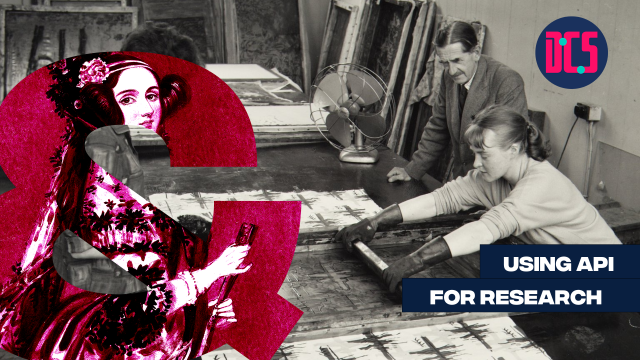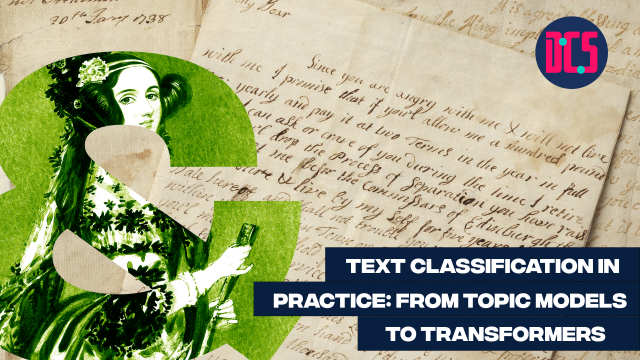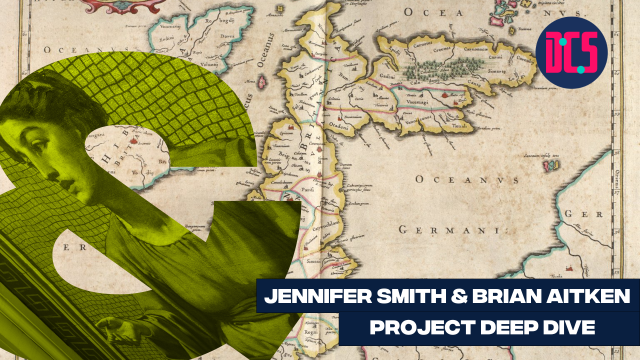Visual AI and the Humanities an Introduction

This is the last workshop of the digitised document series
Computer vision is one of AI's most visible success stories, and the subject of intense critical debate. This workshop will showcase the state of the art in Visual AI for cultural heritage and the digital humanities, and provide a hands-on introduction to some simple techniques for searching and classifying imagery in books, paintings, photographs and film. No prior knowledge of computer vision is required. Participants will learn how to perform instance-based recognition (or image matching); image comparison and differentiation; similarity search; and image classification. The workshop will also introduce participants to the study of bias within AI, as such controversial applications as facial recognition and automated image categorisation. The workshop can be followed either through online demos to be made available on the day, or by installing free and open-source software in advance (for installation see this guide). Participants will need a laptop (not a tablet), ideally in which they have administrative access rights.
This is an intermediate-level workshop. Intermediate sessions explore specific aspects of the method (libraries, tools etc.) and offer a more in-depth understanding of the workshop topics. Some previous knowledge of digitised documents is required to be able to follow the content. If you want to familiarise yourself with the basics of working with digitised documents you can attend our Introduction to Digitised Document Workshop.
Those who have registered to take part will receive an email with full details on how to join us for this workshop.
If you’re new to this training event format, or to CDCS training events in general, read more on what to expect from CDCS training. Here you will also find details of our cancellation and no-show policy, which applies to this event.
Presenter Bio:
Dr. Giles Bergel is a digital humanist based in the Visual Geometry Group in the Department of Engineering Science at the University of Oxford. A book historian by training, he has research interests in the computational analysis of print culture, copyright and book trade history. He maintains various digital resources for the study of the book and the book trade. He was the inaugural (2020-21) National Librarian’s of Scotland’s Fellow in Digital Scholarship, working on a project on chapbooks printed in Scotland.
Return to the Training Homepage to see other available events.
6th floor Teaching Room
Main Library
University of Edinburgh
Edinburgh EH8 9LJ












